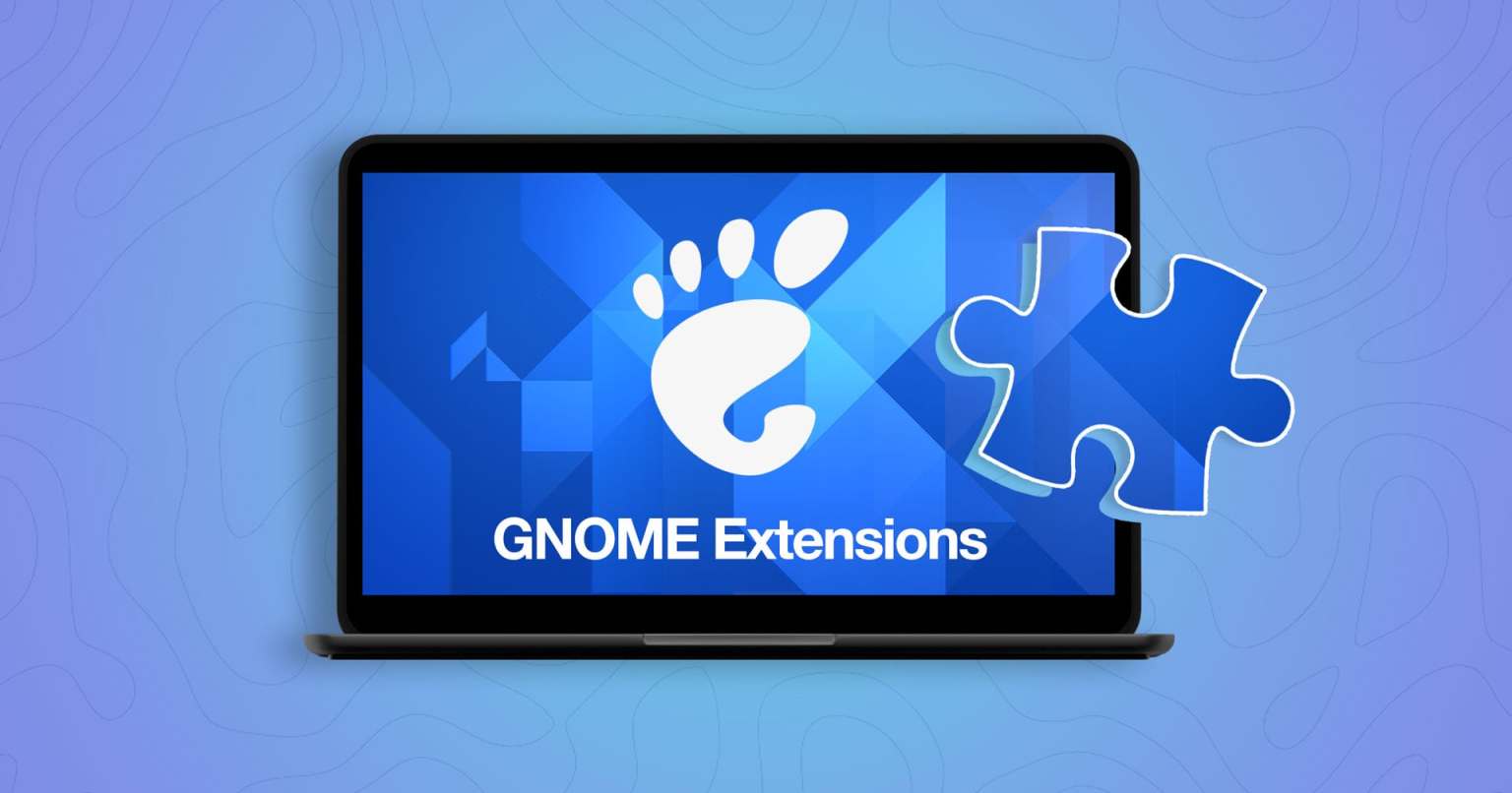What is CI/CD? And which tool you should use?

CI/CD stands for Continuous Integration and Continuous Deployment (or Delivery), and it's become a cornerstone of DevOps culture and cloud-native development.
In modern software development, where fast iterations and frequent releases are the norm, traditional development and deployment practices often fall short.
To address this, teams have adopted CI/CD**,** an approach that combines automation, consistency, and collaboration to deliver code faster and more reliably.
Understanding CI/CD
Continuous Integration (CI)
Continuous Integration is the practice of automatically building and testing code every time a developer pushes a change to a shared repository. The goal is to catch bugs early, ensure the codebase remains stable, and reduce the integration challenges that often occur when merging large code changes late in the process.
Key elements of CI:
- Version control (e.g., Git)
- Automated builds and tests
- Immediate feedback for developers
- Reduced merge conflicts and regressions
Continuous Delivery and Continuous Deployment (CD)
Continuous Delivery ensures that every change that passes automated tests is ready to be deployed to production. Continuous Deployment takes it a step further—automatically releasing those changes to live environments without manual approval.
Key benefits of CD:
- Faster time to market
- Reduced risk through smaller, frequent releases
- Automation of release processes
- Better collaboration between developers and operations
Why CI/CD matters?
Traditional deployment methods are often time-consuming, error-prone, and dependent on manual processes. CI/CD helps teams:
- Ship features and bug fixes more frequently
- Improve code quality through automated testing
- Enhance customer experience with faster rollouts
- Increase deployment confidence through consistent pipelines
CI/CD is not just a technical shift—it’s a cultural and process transformation that aligns development and operations through shared responsibility and automation.
Common CI/CD tools and platforms
To implement CI/CD, teams use a variety of tools like:
- Jenkins: Popular open-source automation server
- GitHub Actions: Native Git-based workflow automation
- GitLab CI/CD: Integrated CI/CD with GitLab repositories
- CircleCI / Travis CI: Hosted CI/CD platforms for fast pipelines
- Argo CD / Spinnaker: CD tools for Kubernetes and multi-cloud environments
Each of these tools offers powerful capabilities, but often requires teams to write and manage complex pipeline definitions, YAML files, Docker containers, secret management, and infrastructure provisioning.
A Smarter CI/CD Experience
While traditional CI/CD tools give you control, they often demand time, expertise, and maintenance. In contrast, modern platforms like Kuberns are rethinking the way teams approach deployment by integrating intelligent CI/CD into a single no-DevOps workflow.
How Kuberns reimagines CI/CD:
- Automatic Detection: Kuberns automatically identifies your project type (e.g., Node.js, Python, React, Next.js) and configures the CI/CD pipeline accordingly.
- One-Click Deployments: Connect your GitHub repo, and Kuberns handles builds, testing, environment setup, and deployment in one seamless flow.
- No YAML or Scripts: Developers don’t need to write pipeline definitions or manage Dockerfiles—Kuberns abstracts that complexity through AI.
- Smart Rollbacks and Scaling: Kuberns intelligently rolls back failed deployments and scales applications based on usage patterns.
- Built-in Observability: Logs, metrics, and deployment history are included—no extra tools required.
By embedding CI/CD directly into its platform, Kuberns allows teams to focus on shipping features instead of configuring pipelines. It’s CI/CD without the heavy lifting, ideal for startups, lean teams, or anyone who wants to move fast with fewer operational burdens.
Opinion
CI/CD is the engine behind high-velocity software teams, enabling faster development, fewer bugs, and smoother delivery pipelines. It has become a necessity for modern application lifecycles, not just a competitive advantage.
While many tools help implement CI/CD, platforms like Kuberns are leading a new wave of intelligent automation, making CI/CD accessible to developers without requiring them to become DevOps experts.
Whether you’re building your first product or scaling a global platform, adopting CI/CD and choosing the right approach to it can significantly accelerate your journey from idea to impact.































































































































































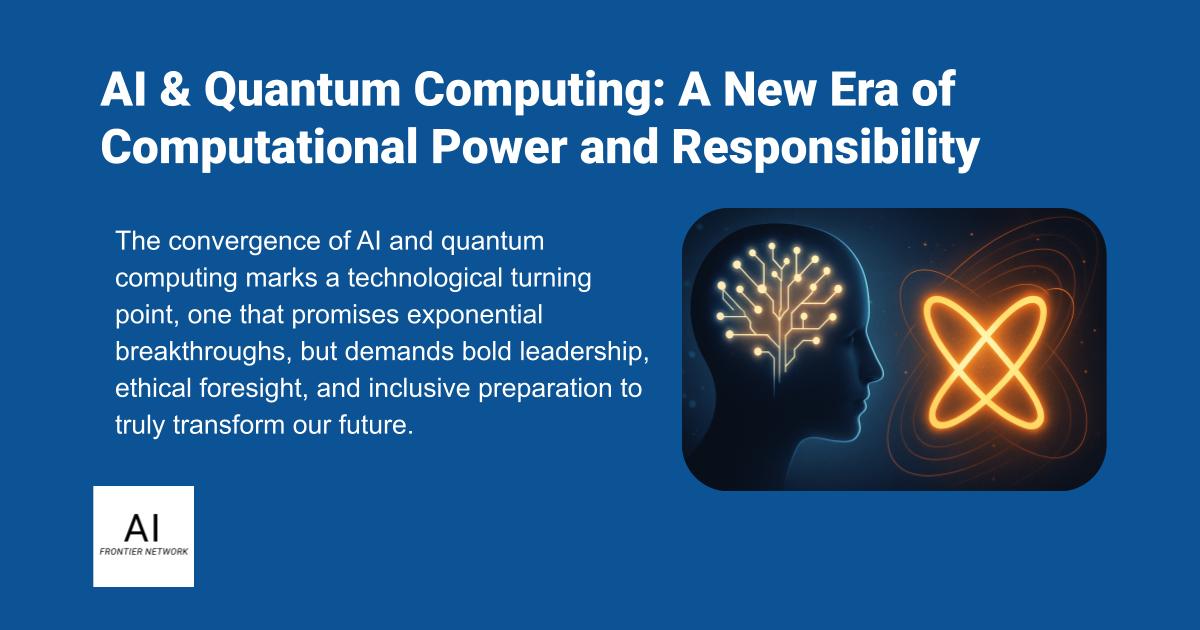














![[The AI Show Episode 154]: AI Answers: The Future of AI Agents at Work, Building an AI Roadmap, Choosing the Right Tools, & Responsible AI Use](https://www.marketingaiinstitute.com/hubfs/ep%20154%20cover.png)
![[The AI Show Episode 153]: OpenAI Releases o3-Pro, Disney Sues Midjourney, Altman: “Gentle Singularity” Is Here, AI and Jobs & News Sites Getting Crushed by AI Search](https://www.marketingaiinstitute.com/hubfs/ep%20153%20cover.png)








































































































































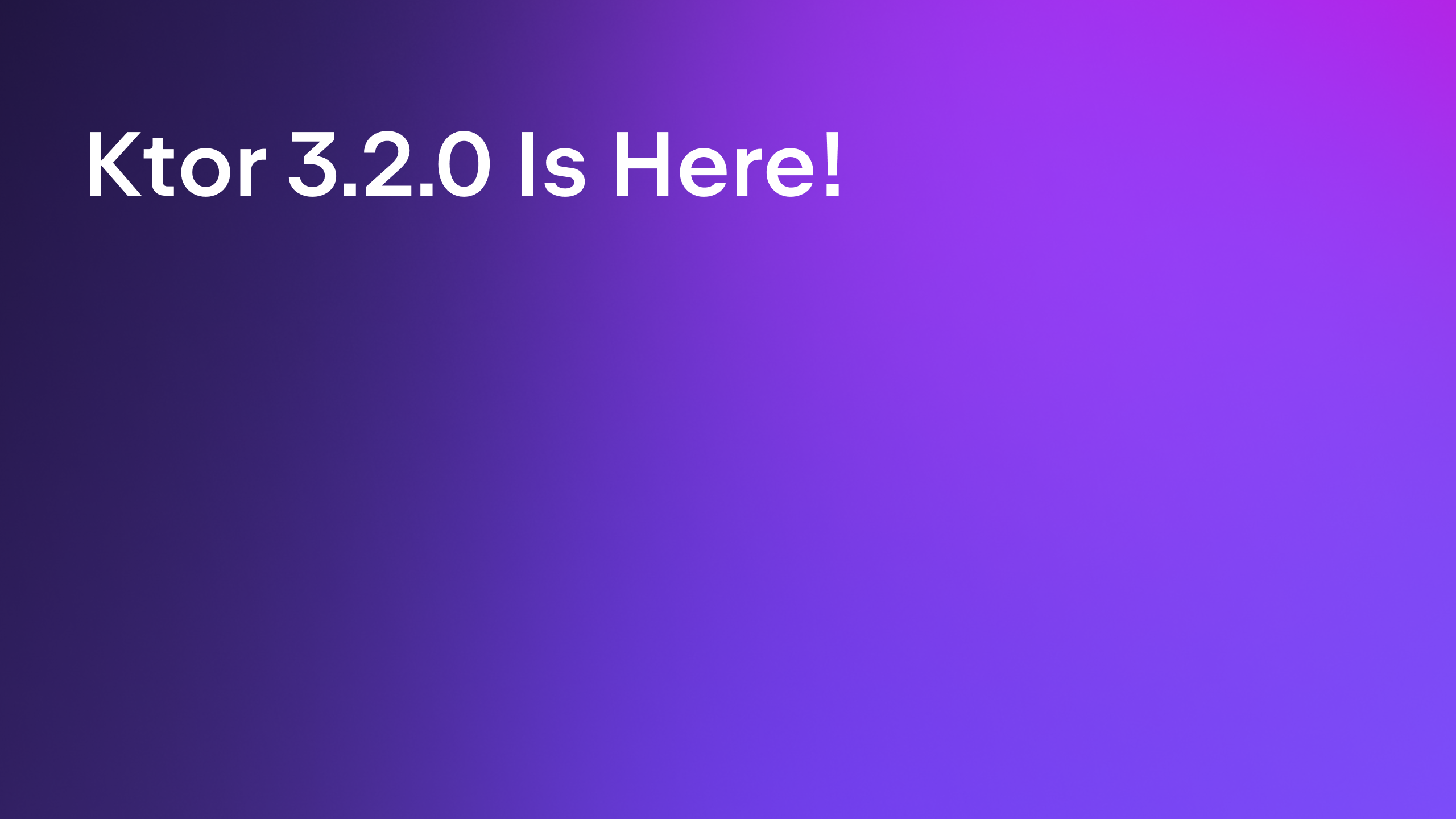


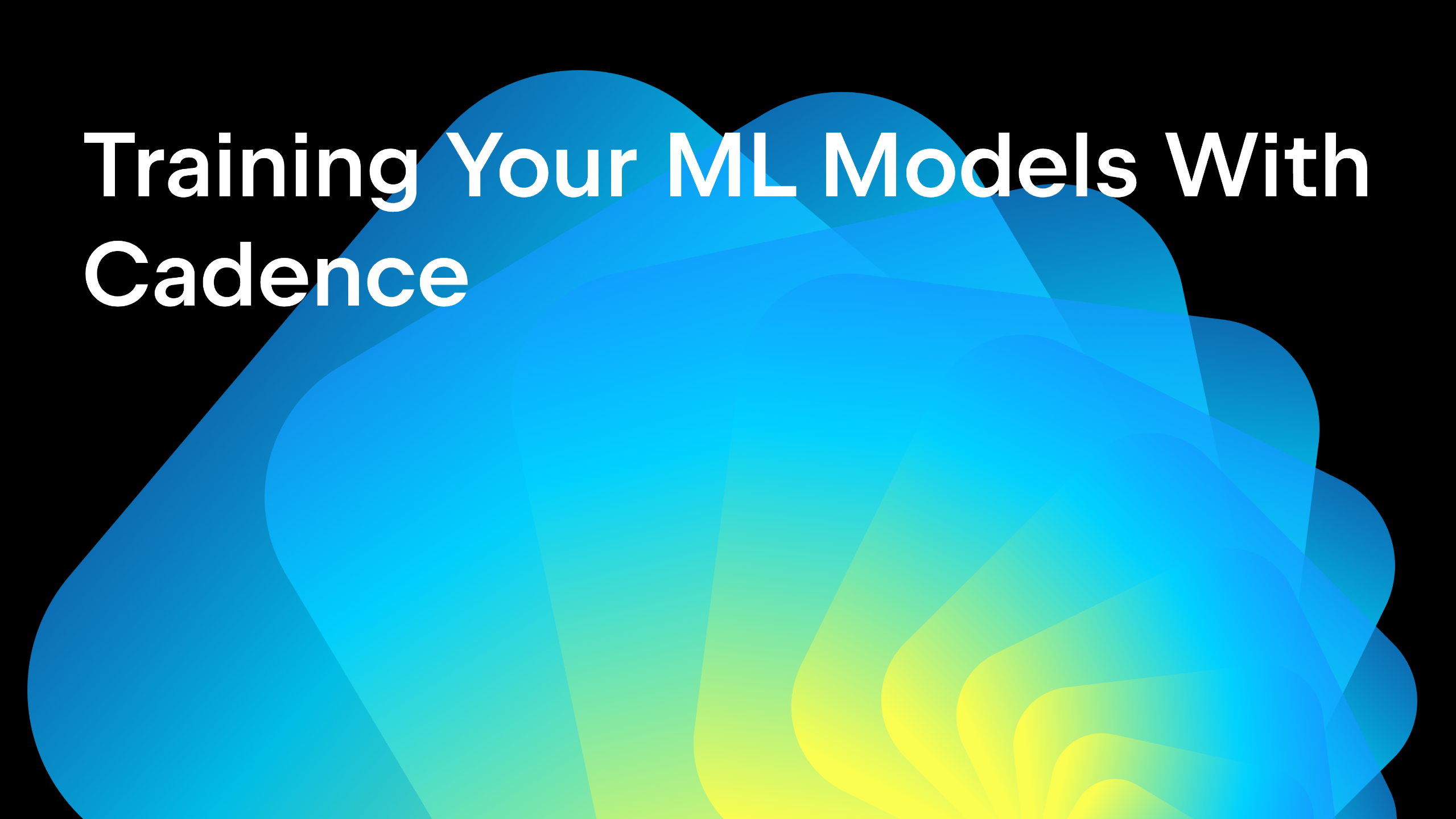



















































![GrandChase tier list of the best characters available [June 2025]](https://media.pocketgamer.com/artwork/na-33057-1637756796/grandchase-ios-android-3rd-anniversary.jpg?#)














































.png?width=1920&height=1920&fit=bounds&quality=70&format=jpg&auto=webp#)


















_Frank_Peters_Alamy.jpg?width=1280&auto=webp&quality=80&disable=upscale#)
























































































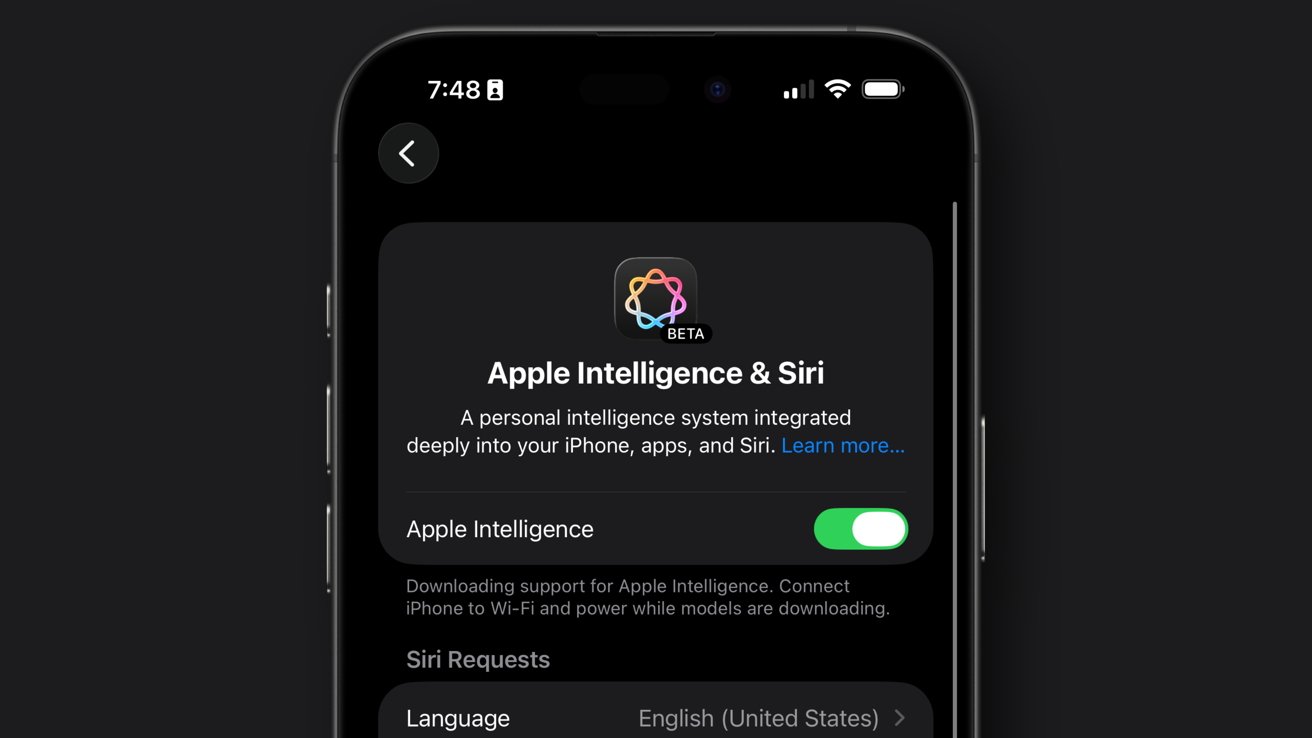









![Apple tells students ‘how to convince your parents to get you a Mac’ [Video]](https://i0.wp.com/9to5mac.com/wp-content/uploads/sites/6/2025/06/screenshot-2025-06-20-at-09.14.21.jpg?resize=1200%2C628&quality=82&strip=all&ssl=1)



![Nothing Headphone (1) leak allegedly shows their unique, translucent design [Gallery]](https://i0.wp.com/9to5google.com/wp-content/uploads/sites/4/2025/06/Nothing-Headphone-1-cropped.jpg?resize=1200%2C628&quality=82&strip=all&ssl=1)














![Oakley and Meta Launch Smart Glasses for Athletes With AI, 3K Camera, More [Video]](https://www.iclarified.com/images/news/97665/97665/97665-640.jpg)

![How to Get Your Parents to Buy You a Mac, According to Apple [Video]](https://www.iclarified.com/images/news/97671/97671/97671-640.jpg)
![Foxconn to Build New iPhone Enclosure Factory in India With $250M Investment [Report]](https://www.iclarified.com/images/news/97673/97673/97673-640.jpg)



















![New accessibility settings announced for Steam Big Picture Mode and SteamOS [Beta]](https://www.ghacks.net/wp-content/uploads/2025/06/New-accessibility-settings-announced-for-Steam-Big-Picture-Mode-and-SteamOS.jpg)


















